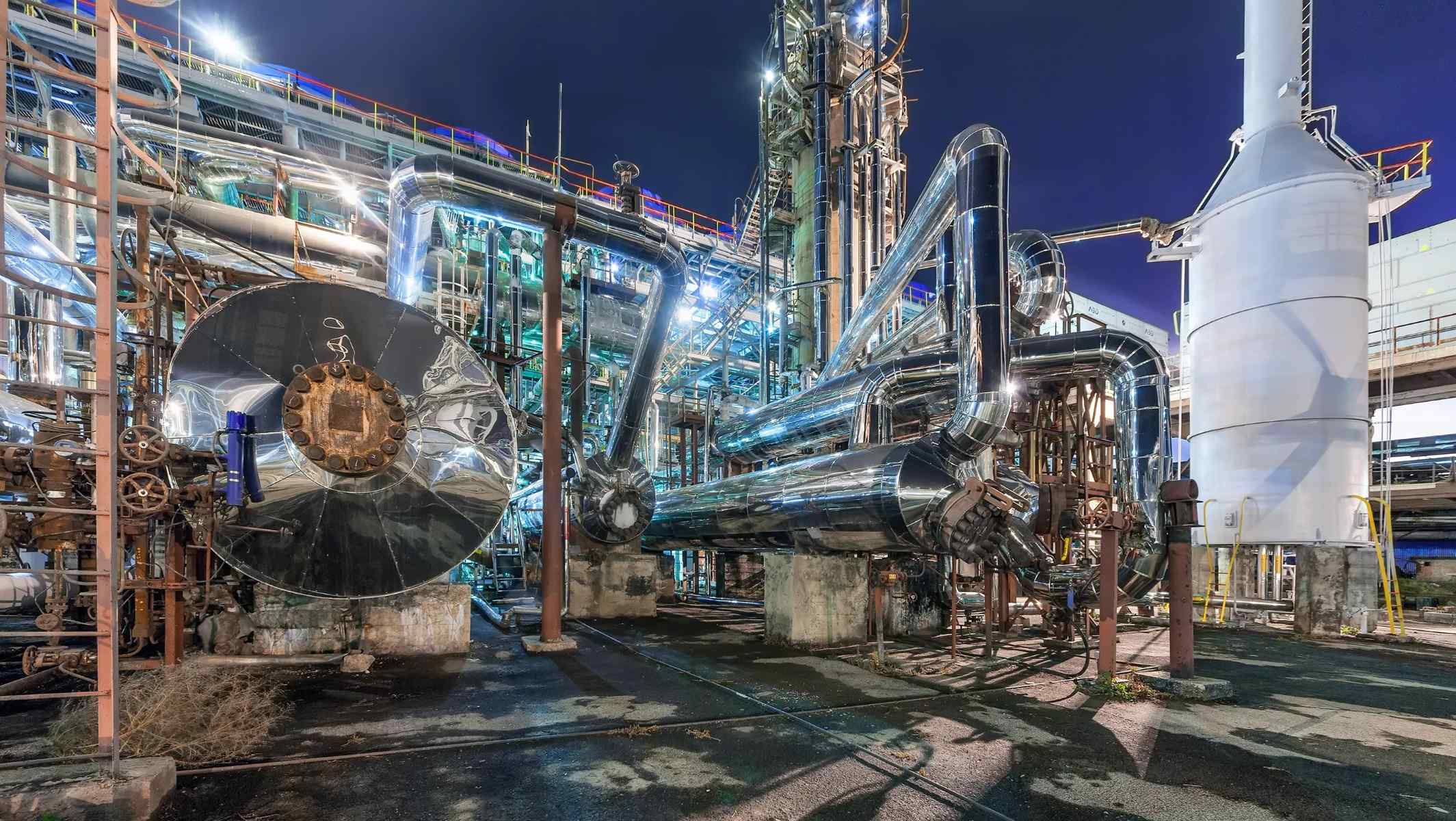
The Haber Process is a method used to synthesize ammonia from nitrogen and hydrogen gases. Developed by Fritz Haber in the early 20th century, this process revolutionized agriculture by providing a way to produce fertilizers on a large scale. Ammonia production through this method is crucial for creating fertilizers that help feed billions of people worldwide. The process involves high temperatures and pressures, along with an iron catalyst, to convert nitrogen and hydrogen into ammonia. Understanding the Haber Process is essential for grasping how modern agriculture sustains global food production. Here are 21 fascinating facts about this groundbreaking chemical process.
Key Takeaways:
- The Haber Process creates ammonia for fertilizers, revolutionizing agriculture and supporting food production for the growing global population.
- While vital for agriculture, the Haber Process has environmental impacts, leading to efforts to develop more sustainable and eco-friendly production methods.
What is the Haber Process?
The Haber Process is a method used to synthesize ammonia from nitrogen and hydrogen gases. This process is crucial for producing fertilizers, which are essential for modern agriculture.
- Developed by Fritz Haber in the early 20th century, this process revolutionized agriculture by providing a reliable source of ammonia.
- Carl Bosch later scaled up the process for industrial use, leading to mass production of fertilizers.
- The reaction takes place at high temperatures (400-500°C) and pressures (150-200 atmospheres).
- An iron catalyst is used to speed up the reaction, making it more efficient.
- The process converts nitrogen from the air, which makes up about 78% of the Earth's atmosphere, into ammonia.
- Hydrogen is typically sourced from natural gas through a method called steam reforming.
Importance of the Haber Process
Understanding the significance of the Haber Process helps appreciate its impact on agriculture and industry.
- Ammonia produced through this process is a key ingredient in fertilizers, which are vital for growing crops.
- The process has helped increase food production, supporting the global population growth.
- It has also been used in the production of explosives, particularly during World War I and II.
- The Haber Process is considered one of the most important chemical reactions discovered in the 20th century.
- Without this process, it's estimated that the Earth could only support about half of its current population.
Environmental Impact
While the Haber Process has many benefits, it also has significant environmental implications.
- The process is energy-intensive, consuming about 1-2% of the world's energy supply.
- It contributes to greenhouse gas emissions, particularly carbon dioxide, due to the use of natural gas.
- Excessive use of ammonia-based fertilizers can lead to water pollution, causing algal blooms and dead zones in aquatic ecosystems.
- Efforts are being made to develop more sustainable methods of ammonia production to reduce environmental impact.
Technological Advances
Over the years, advancements have been made to improve the efficiency and sustainability of the Haber Process.
- Researchers are exploring alternative catalysts to reduce the energy requirements of the process.
- There is ongoing research into using renewable energy sources, such as solar or wind power, to produce hydrogen for the process.
- Advances in nanotechnology are being investigated to create more efficient catalysts and reaction conditions.
- Some scientists are looking into biological methods, such as using bacteria, to fix nitrogen more sustainably.
Future of the Haber Process
The future of the Haber Process lies in making it more sustainable and environmentally friendly.
- Innovations in green chemistry aim to reduce the carbon footprint of ammonia production.
- Governments and industries are investing in research to find alternative methods of nitrogen fixation that are less harmful to the environment.
The Impact of the Haber Process
The Haber Process has revolutionized agriculture and industry. By synthesizing ammonia from nitrogen and hydrogen, it provides the foundation for fertilizers that boost crop yields. This innovation has helped feed billions, making it a cornerstone of modern farming.
However, the process isn't without drawbacks. It consumes significant energy and contributes to greenhouse gas emissions. Balancing its benefits with environmental concerns remains a challenge.
Understanding the Haber Process highlights the delicate interplay between scientific advancement and sustainability. It underscores the importance of ongoing research to improve efficiency and reduce environmental impact.
In essence, the Haber Process exemplifies how a single scientific breakthrough can transform the world, offering both immense benefits and complex challenges. Its legacy continues to shape our future, reminding us of the power and responsibility that come with innovation.
Frequently Asked Questions
Was this page helpful?
Our commitment to delivering trustworthy and engaging content is at the heart of what we do. Each fact on our site is contributed by real users like you, bringing a wealth of diverse insights and information. To ensure the highest standards of accuracy and reliability, our dedicated editors meticulously review each submission. This process guarantees that the facts we share are not only fascinating but also credible. Trust in our commitment to quality and authenticity as you explore and learn with us.
